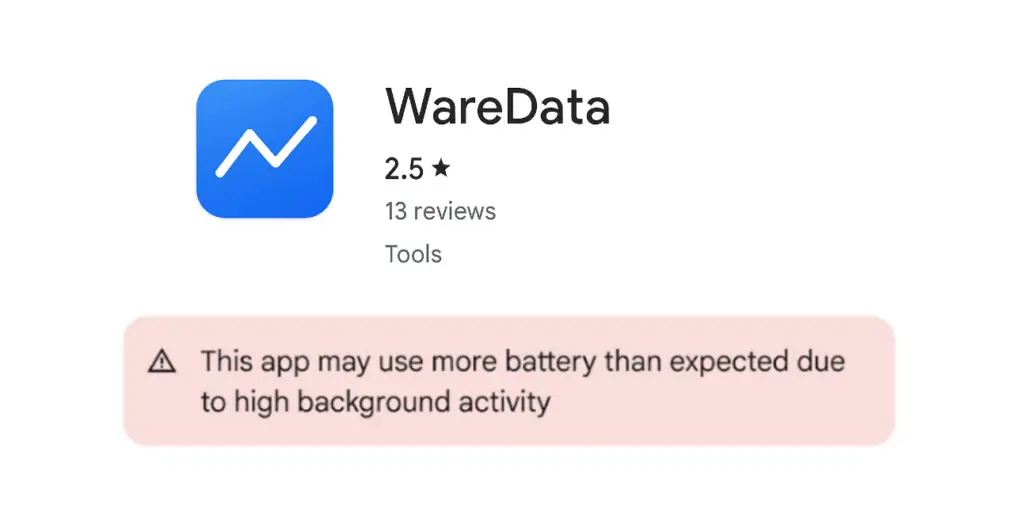For years, Android users have complained about apps that quietly drain their phone batteries. Now, Google is stepping in. With a new set of detailed metrics, developers will be able to see exactly how their apps use power, and they’ll have to act on it. Those that don’t could soon find their apps slipping down the Play Store charts.
The program targets a metric known as an Excessive Partial Wake Lock (EPWL), which debuted in beta earlier this year through Google’s collaboration with Samsung. An EPWL occurs when an app repeatedly prevents the device from entering its low-power state. Under normal circumstances, background apps should complete their processes efficiently and allow the device to rest to preserve battery life.
Over the past few months, Google and Samsung have been quietly improving how the EPWL system tracks battery drain. After studying real-world data, they’ve agreed on a firm cutoff point. If an app keeps a phone from sleeping for more than two hours in a day, and it happens for at least five percent of users over a four-week period, it’ll be flagged for overusing power.

Developers whose apps exceed the new limits will receive alerts through the Android Vitals dashboard. Beginning March 1, 2026, Google plans to restrict the visibility of non-compliant apps in key Play Store discovery sections. Users who come across these apps will see a notice explaining that the app uses too much battery because of high background activity.
With this update, the EPWL metric joins the ranks of other key performance measures that Android developers already track. To stay visible in the Play Store, apps must keep their crash rates, ANR issues, and even foreground battery drain within acceptable limits.
Google knows how tricky performance tuning can be. Developers often spend hours hunting for the one process that’s draining a phone’s battery. The EPWL metric is designed to make that hunt easier, flagging exactly where the problem lies and giving teams a chance to fix it before the new rules go live.
Google’s push for better battery life didn’t come out of nowhere. After reports surfaced of Pixel phones running hot, the company scrambled to release software fixes. Now, with a new developer policy in place, Google’s taking a longer view, one that aims to improve battery performance across the entire Android ecosystem.
Maybe you would like other interesting articles?

